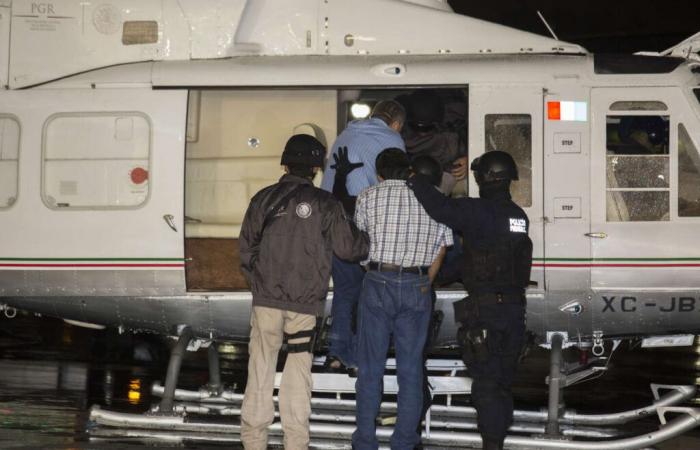“The Story of Diana. Drug Trafficking and Politics in Northern Mexico”, by Sabine Guez, Anacharsis, “Les ethnographiques”, 252 p., €21.
The first images that come to mind when thinking of Ciudad Juarez, a large city in the state of Chihuahua in northern Mexico, are those of women’s corpses abandoned in the desert. According to Amnesty International, at least 1,653 were found between 1993 and 2008. Ciudad Juarez, separated from El Paso, Texas, by the Rio Bravo (Rio Grande), is one of the main land crossing points for drugs to the United States. It is considered the most dangerous city in the world. In the spring of 2024, there were 100 violent deaths per month there.
Former journalist turned anthropologist, Sabine Guez has made regular visits there since 1998, accumulating life stories from locals. After a thesis, defended in 2016, they form the material for her first book, Diana’s Storywhere this long experience crystallizes in an in-depth investigation into the fate of a woman, Diana, and her husband, Gilberto Ontiveros, known as “El Greñas” (“the hair”), who was one of the main organizers of marijuana trafficking in the 1970s and 1980s.
The thesis was entitled “An anthropology of the ordinary of drug trafficking”. The focus, for the book, has been reduced. The challenge remains the same: to try to understand what is happening around the Rio Bravo by observing the way people live there. A search for normality at the heart of the exceptional which, from the moment Diana enters the scene, is embodied, for the anthropologist, in an obsessive question: why did she marry El Greñas?
Because these two, on the surface, should never have met. Diana, who comes from a political dynasty, has a keen sense of her “high birth”. Gilberto, born into a poor family, made his own way, starting as a small-time trafficker. He became very rich, but Diana didn’t need anything. There was something else. When Sabine Guez met him in 2006, she was 53 years old and had long since separated from the trafficker. She said she made a mistake in marrying him. But she wavers, ambivalent, unable to fix her story. “It was an adventure”she says. Together, they were “in the know”. However, nothing is enough to explain choices which, years later, continue to trouble her.
“Traffickers are popular”
Such is the ordinary of a life: the feelings that carry you along seem clear to you, but they change, and in the end you no longer understand anything. The great strength of the book is knowing how to both maintain this existential floating, without which a life story turns into theoretical fiction, and not stop there. In the blanks of consciences, the author knows how to identify the issues that are beyond them and contribute to explaining their choices. Choices “halfway”she writes. The other half, as always, is social.
You have 36.72% of this article left to read. The rest is reserved for subscribers.







